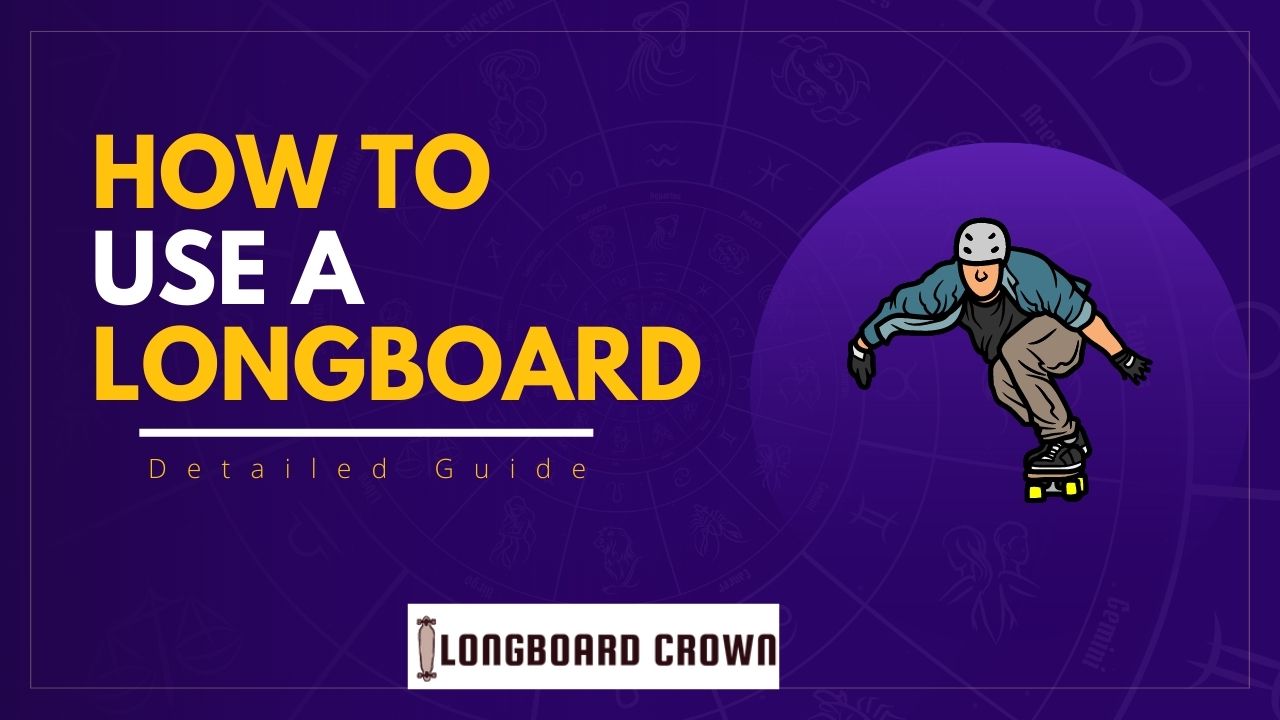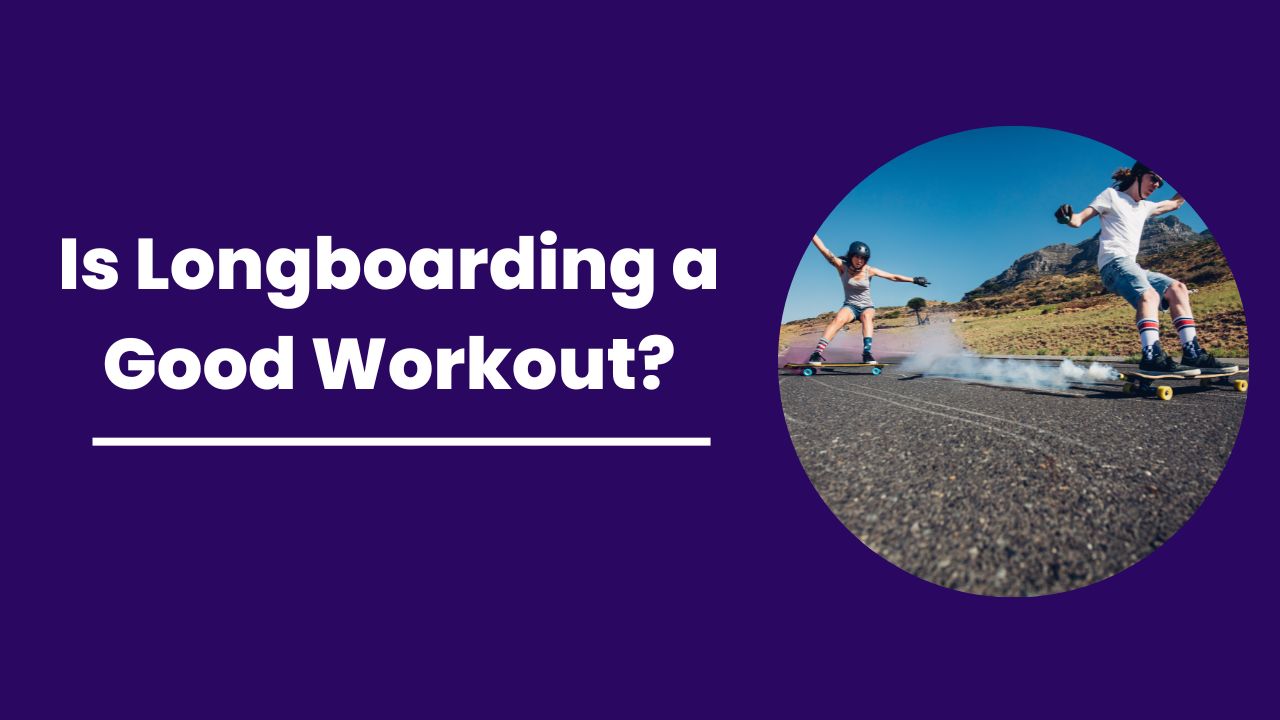Longboard skating offers stability, but it does so at the expense of agility. In addition to a longboard, a helmet, pads, and some shoes, not much equipment is needed to learn how and when to longboard. However, you should be aware of the distinction between longboarding and shortboarding before you start.
Each style of skateboard has a deck composed of wood or even a composite material to which the wheels are fastened by means of squat T-shaped mounts called trucks. Aside from length, the main distinction between the two is that, although shortboards are also used for jumps, kicks, and tricks on the halfpipe, longboards are utilized for cruising the streets and carving slopes.

Although kids’ longboards can be as little as 34 inches and big riders’ boards can be as long as 50 inches, longboards are normally 42 inches long. Depending on the rider’s shoe size, the width ranges from 7 to 10 inches, although 8.5 inches is typical.
Comparatively, shortboards are typically 8 inches wide and 30 to 33 inches long.
In contrast to shortboards, which typically feature symmetrical heads and tails, longboards come in a variety of forms to accommodate various riding techniques. Whichever board you decide to use, you should always wear flat-soled shoes for stability and invest in a sturdy safety helmet.
Contents
Types Of Longboard And Their Use
A longboard will be more stable the longer it is. But larger boards are less maneuverable than shorter ones; they can’t turn as quickly or as readily.
Think carefully about the type of riding you want to do before purchasing a longboard.
1. Downhill longboarding
You’ll need a firm cruiser deck, a top-mount, or a speed deck if you need to move quickly. Speed boards have asymmetrical heads and tails but otherwise resemble drop-throughs. Heads and tails are symmetrical on top mounts.
In order to provide a smoother ride, longboard wheels are broader than shortboard wheels and are often composed of urethane.
2. Free-riding
You need a dropdown or drop-through board if you like expert downhill riding or want to use your longboard for dancing. Both of these boards have thin, symmetrical heads and tails with blunt edges (displaying a variety of abilities).
3. Cruising
You need a dropdown or drop-through board if you like expert downhill riding or want to use your longboard for dancing. Both of these boards have thin, symmetrical heads and tails with blunt edges (displaying a variety of abilities).
A Beginner’s Guide to Longboarding
1. Stances
When riding a longboard, you have a choice between the standard (left foot front) and goofy (right foot forward) stances (right foot forward). Your balancing foot should be on the head of the board. It is the one you will rely on when turning or accelerating.
Your kicking foot is the back foot. It’s the one you will use to advance by pressing against the ground. Use the posture you are accustomed to if you skateboard, snowboard, surf, or wakeboard. If not, you must ascertain which stance is your default position.
Step up from the bottom of a staircase to do this. Your rear foot on the longboard will be the one you extend first. Just keep in mind that there is no correct method for longboarding. Choose the posture that seems the most comfortable to you, even if it’s silly.
2. Pushing off
Put your rear foot on the ground and remove it from the longboard. Simply push off with this foot to begin moving. If you wish to gain speed more rapidly, you can push a few times or all at once. Put your foot back on the longboard after it has begun to move.
It’s okay if using your front foot to push seems more natural to you. The term “pushing Mongo” refers to this method.
Practice riding down hills after you feel at ease getting yourself moving on a level area. Locate a gentle slope—not a sharp decline—and mount your longboard. The first few times you attempt, don’t push; let gravity take you down instead.
Try pressing once and then descending after that. As you become more comfortable, speed it up.
3. Stopping or taking breaks
Both starting and stopping your longboard is crucial. Foot breaking is the simplest longboarding technique to master if you’re just starting off (dragging your foot).
When you come to a soft stop, dangle the foot you used to push down the pavement. As you drag yourself, make sure the bottom is level with the ground.
After practicing this, you may try more complex techniques for stopping, such as the Coleman slide.
4. Hill carving
Both starting and stopping your longboard is crucial. Foot breaking is the simplest longboarding technique to master if you’re just starting off (dragging your foot). When you come to a soft stop, dangle the foot you used to push down the pavement.
As you drag your feet, make sure the bottom is level with the ground. After practicing this, you may try more complex techniques for stopping, such as the Coleman slide.
How to turn
You need to learn how to spin or carve your longboard once you’ve mastered starting and stopping it. While riding, you may turn the board the other way by shifting your weight to that side. You may carve on either your heel or toe edge, and the more deeply you cut, the sharper the turn will be.
When practicing cruising and carving, beginners frequently pay attention to their feet, but you should concentrate your sight on the horizon or slightly downward. Wherever your eyes travel, so does your board.
Simple Carving and Pushing
You need to learn how to spin or carve your longboard once you’ve mastered starting and stopping it. While riding, you may turn the board the other way by shifting your weight to that side. You may carve on either your heel or toe edge, and the more deeply you cut, the sharper the turn will be.
Finding Your Footing
The last stage is to practice your posture, ideally on a level surface away from any traffic. To determine how springy your board is, stand in the middle of it. Crouch down, knead your knees and then stand back up. Get accustomed to moving your feet back and forth along the deck without getting off.
Precautions and Safety
You’ll need some safety equipment and a secure area to practice riding before you can start to learn. There are a few factors to take into account with both of them that can greatly improve your experience and hasten your advancement.
At some time, you’re going to fall off your board, and safety gear can keep you safe when that happens. Another important step in avoiding catastrophic injuries is becoming comfortable with falling off your board and learning how to do so.
Is Skateboarding Easy?
It’s a good sport. Easy to learn but hard to master.
What Are The Benefits Of Longboarding?
Improves body shape and enhances flexibility. Also good for your cardio health. Help to fight depression.
Read More:
- How Much Does A Custom Longboard Cost?
- What is Freestyle Longboarding?
- How To Remove Grip Tape From Your Longboard?
Conclusion
You may head out and skateboard around your neighborhood now that you know the fundamentals; you’ll be shocked by where it leads. But first, get your safety gear as you might get yourself hurt or injured.

